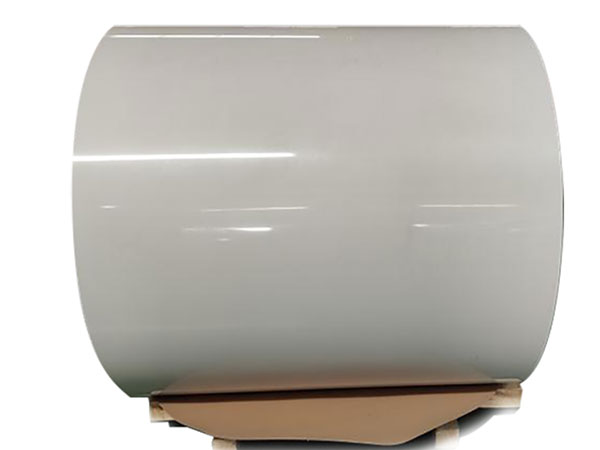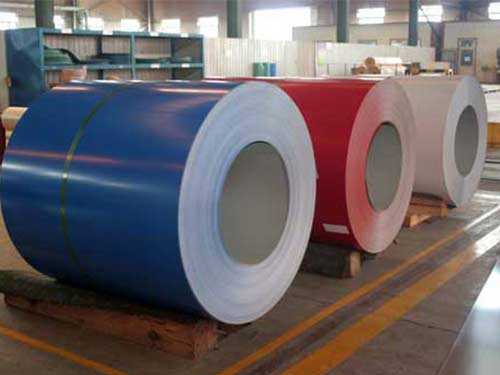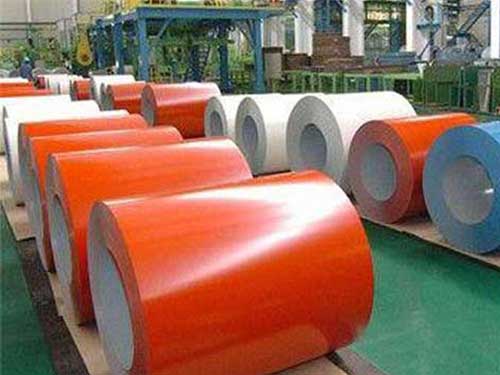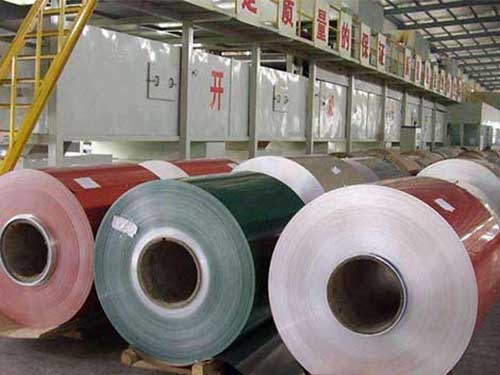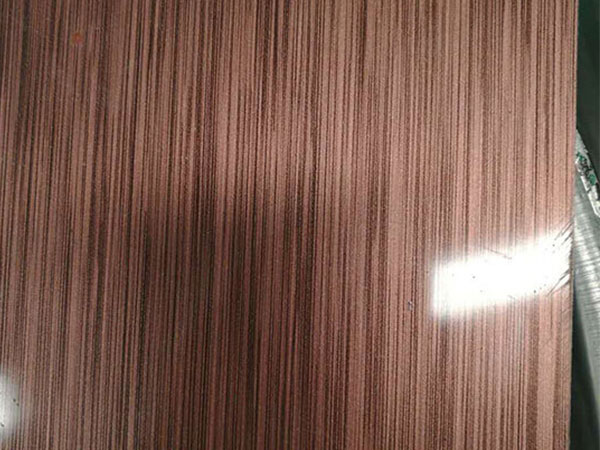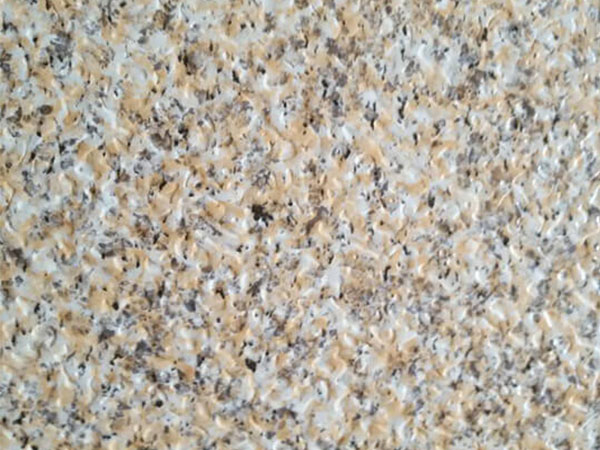1100 3003 3004 3105 alloy color coated aluminum coil
When it comes to modern materials for construction, manufacturing, and design, few can rival the functionality and aesthetic appeal of color-coated aluminum coils. Among the most notable variants are the 1100, 3003, 3004, and 3105 aluminum alloys. Each brings unique features to the table, ensuring that they meet a wide range of industry demands.
the Aluminum Alloys
1. 1100 Aluminum Alloy This alloy is known for its high corrosion resistance, high ductility, and excellent workability. Composed of a minimum of 99% aluminum, it’s often dubbed as the "commercial" aluminum alloy. The color-coated variant adds an aesthetic element, allowing it to is know while still retaining its functionality. Industries that prominently utilize 1100 includes cookware, chemical handling, and food processing, owing to its non-toxic and corrosion-resistant nature.
2. 3003 Aluminum Alloy 3003 alloy is predominantly composed of aluminum with manganese, which enhances its strength compared to the 1100 variant. It is known for its workability and weldability, making it an ideal candidate in manufacturing bus bodies and refrigerator liners. The exciting aspect of color-coated 3003 coil is its ability to provide a vibrant hue without compromising structural integrity. This capacity for vibrant finishes stands out in applications that demand both visual appeal and robustness, allowing designers to embody creativity through various hues and patterns.
3. 3004 Aluminum Alloy It may surprise many, but the 3004 aluminum alloy expands on the strengths of 3003 by including additional elements that boost its formability. It retains excellent weldability and excels in applications requiring a container and bottle construction. The color-coated variant of 3004 is particularly stunning, as it can be personalized to specific designs and colors. With the growing trend of sustainability, many manufacturers are opting for this alloy in the production of eco-friendly beverage cans, blending bountiful creativity with minimal environmental impact.
4. 3105 Aluminum Alloy The 3105 alloy stands out for its superior performance in painted applications due to its excellent paint adhesion and corrosion resistance. Homeowners and commercial designers alike have found it indispensable for siding, rain-carrying goods, and mobile homes. The charm of color-coated 3105 coil lies in its ability to harmonize with various architectural styles and design themes, turning functional components into eye-catching building features.
Diverse Applications in Various Industries
These alloys are not solely appreciated for their construction attributes; they are increasingly finding their way into the arts, crafts, and educational areas. Clubs, exhibitions, and art fairs often leverage color-coated aluminum coils as an innovative medium for creativity. Artists can utilize these coils to create interactive displays and installations, merging functionality with striking artwork.
Working with 1100, 3003, 3004, and 3105 alloy color coated aluminum coils reveals distinct processing and performance characteristics. The 1100 alloy, being pure aluminum, offers excellent formability and corrosion resistance, making it ideal for applications requiring deep drawing or tight bends, particularly where a consistent, high-quality color finish is paramount. However, its relatively soft nature necessitates careful handling during coating and subsequent fabrication to avoid scratching or marring. Conversely, the 3003, 3004, and 3105 alloys, being alloyed with manganese and magnesium, exhibit improved strength and work-hardening capabilities. This makes them suitable for applications needing greater structural integrity, though their formability is slightly reduced compared to 1100. We've found that achieving consistent color uniformity across these stronger alloys requires precise control of the coating process, as variations in surface tension can impact adhesion.
A consideration across all these alloys is the selection of appropriate coating systems to meet the specific application demands. For instance, exterior architectural applications often mandate coatings with superior UV resistance and weathering properties, requiring a different formulation than those intended for indoor use. Furthermore, the final finish (gloss, matte, etc.) dramatically affects the appearance and can influence the overall perceived quality. We frequently encounter issues related to adhesion failure if the pre-treatment stages (cleaning, chemical
Moreover, in the automotive industry, lightweight aluminum materials play a pivotal role in enhancing fuel efficiency. The color-coated alloy variants can be custom-tailored to meet diverse styling preferences of consumers, thereby not only optimizing performance but also ensuring aesthetic value.
https://www.alusheets.com/a/1100-3003-3004-3105-alloy-color-coated-aluminum-coil.html

